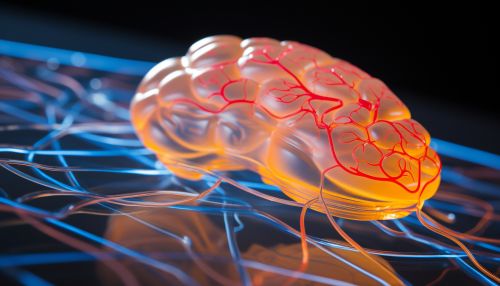The Science of Habit Formation and Change
Introduction
Habit formation is a process by which new behaviors become automatic. If you instinctively reach for a cigarette the moment you wake up in the morning, you have a habit. By the same token, if you feel uneasy when you forget to brush your teeth before going to bed, you've developed a habit. Habits are mental shortcuts learned from experience. In essence, a habit is a behavior that a person regularly performs, often without thinking about it. Habituation, a form of learning in which an organism decreases or ceases its responses to a stimulus after repeated presentations, plays a crucial role in habit formation.


The Science Behind Habit Formation
Habit formation is a process that involves the basal ganglia, a group of structures in the brain responsible for emotion, habits, and motor control. The basal ganglia, along with the prefrontal cortex, which is involved in planning complex cognitive behavior and decision making, play a significant role in the formation of habits.
Habits are formed through a process known as 'operant conditioning', a type of learning where behavior is controlled by consequences. Key concepts in operant conditioning are positive reinforcement, negative reinforcement, positive punishment, and negative punishment.
Stages of Habit Formation
Habit formation can be divided into three stages: the initiation phase, the learning phase, and the stability phase. Each stage is characterized by different neural processes and structures.
Initiation Phase
The initiation phase of habit formation involves the decision to take up a new behavior. This phase is primarily driven by the prefrontal cortex, the part of the brain responsible for decision-making and planning.
Learning Phase
During the learning phase, the behavior is repeated, leading to the strengthening of neural connections in the brain. This phase involves both the prefrontal cortex and the basal ganglia. The basal ganglia, in particular, plays a crucial role in the formation of new motor habits.
Stability Phase
The stability phase is when the behavior becomes automatic or habitual. During this phase, the prefrontal cortex becomes less active and the basal ganglia take over. The behavior is now performed almost without thought.
Habit Change
Changing a habit is not a simple task and often requires a significant amount of effort. Habit change involves the same brain structures as habit formation, namely the prefrontal cortex and the basal ganglia. The process of habit change can be divided into three stages: the awareness stage, the desire stage, and the action stage.
Awareness Stage
The first step in changing a habit is becoming aware of the habit. This involves recognizing the cues that trigger the habit and the reward that the habit provides. This stage is primarily driven by the prefrontal cortex.
Desire Stage
Once a person is aware of their habit, the next step is to develop a desire to change. This desire can be driven by a variety of factors, including negative consequences associated with the habit or the desire to improve one's health or well-being.
Action Stage
The final stage of habit change is taking action. This involves developing a plan for change and implementing that plan. This stage requires both the prefrontal cortex, for planning and decision-making, and the basal ganglia, for forming the new habit.
